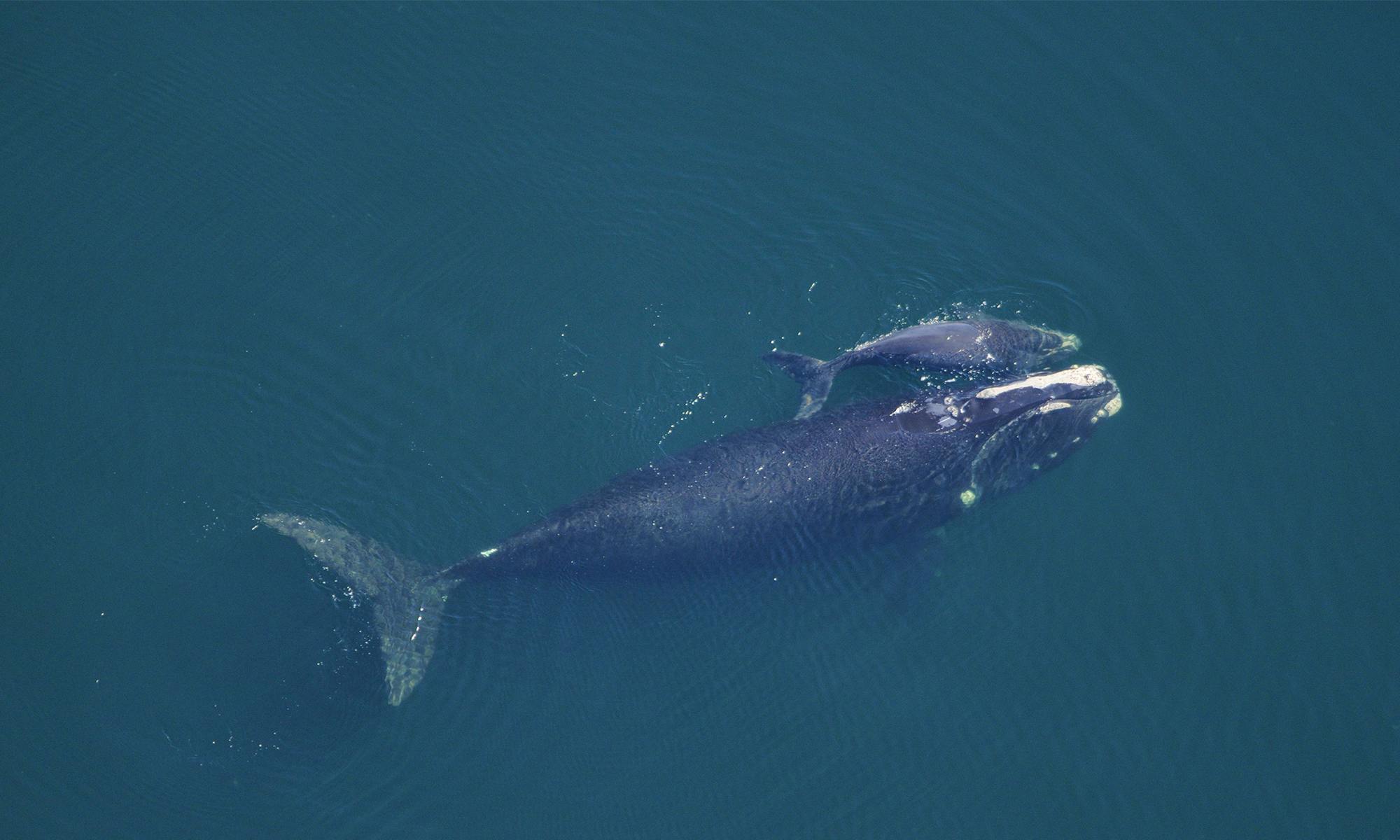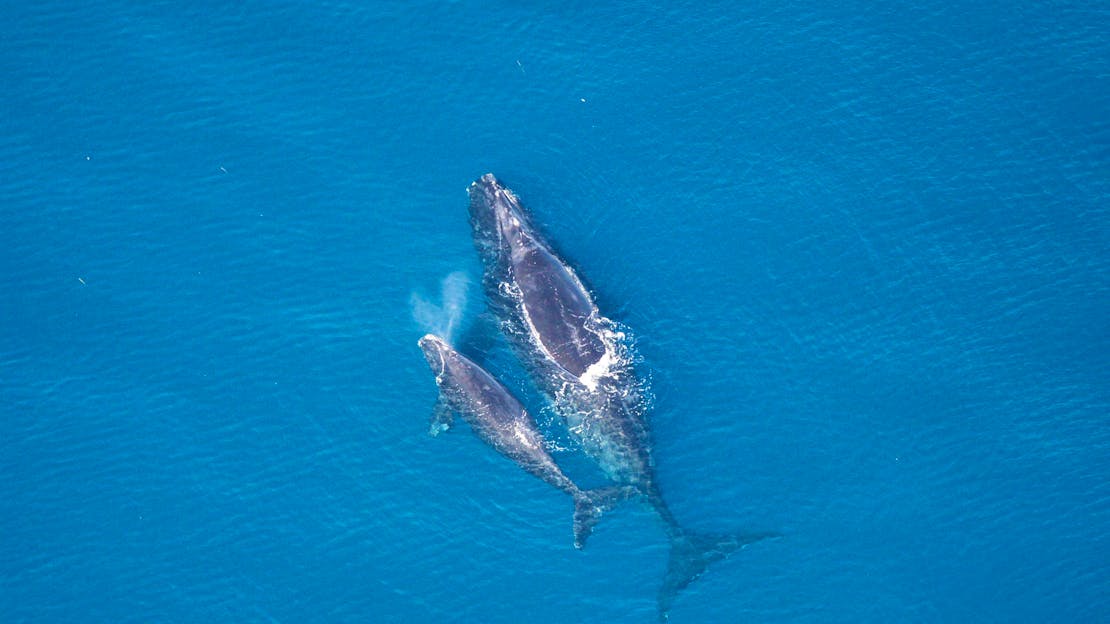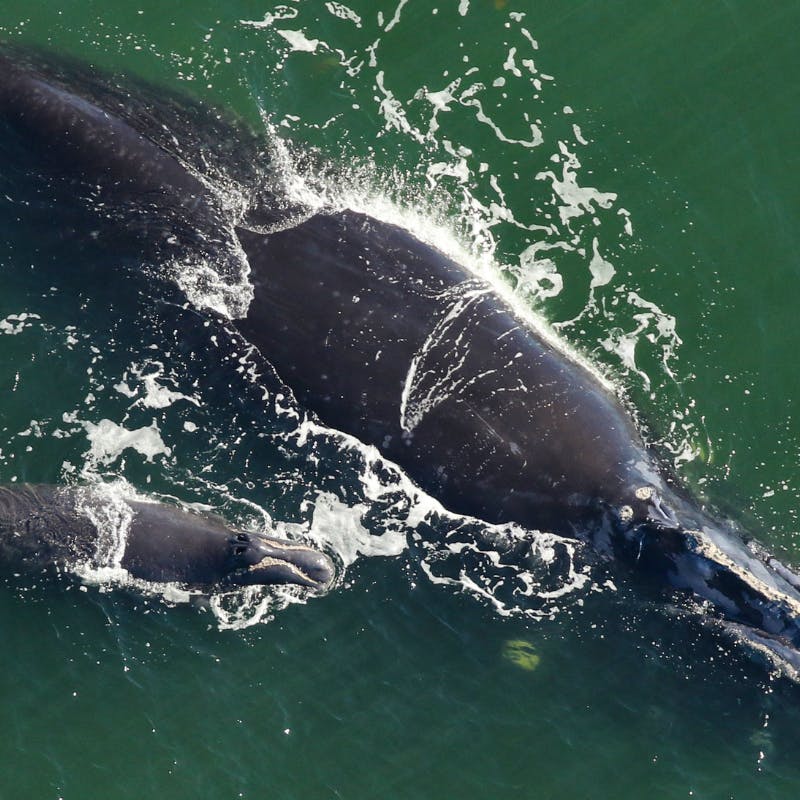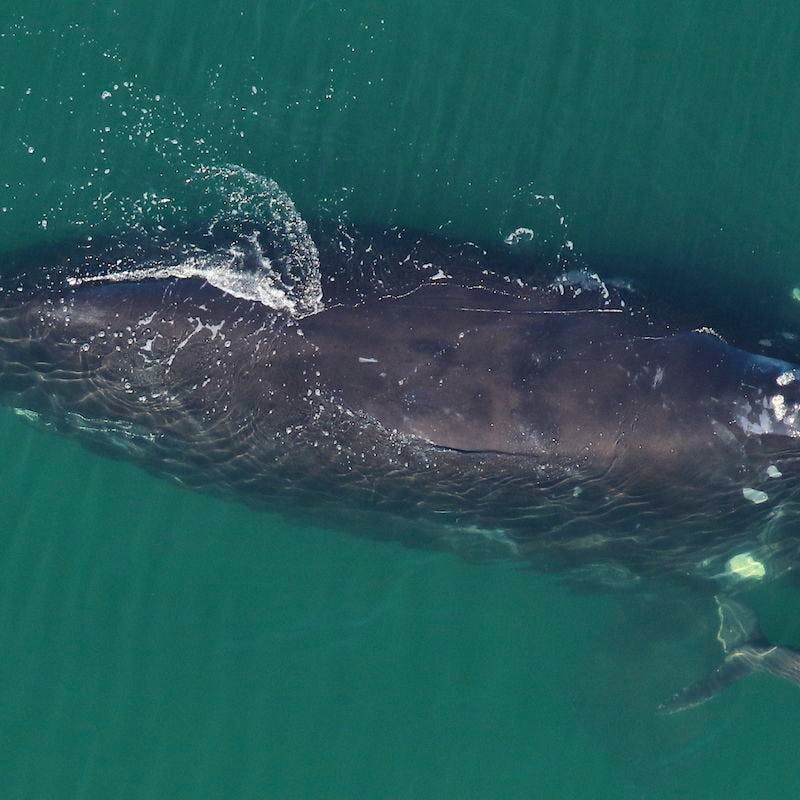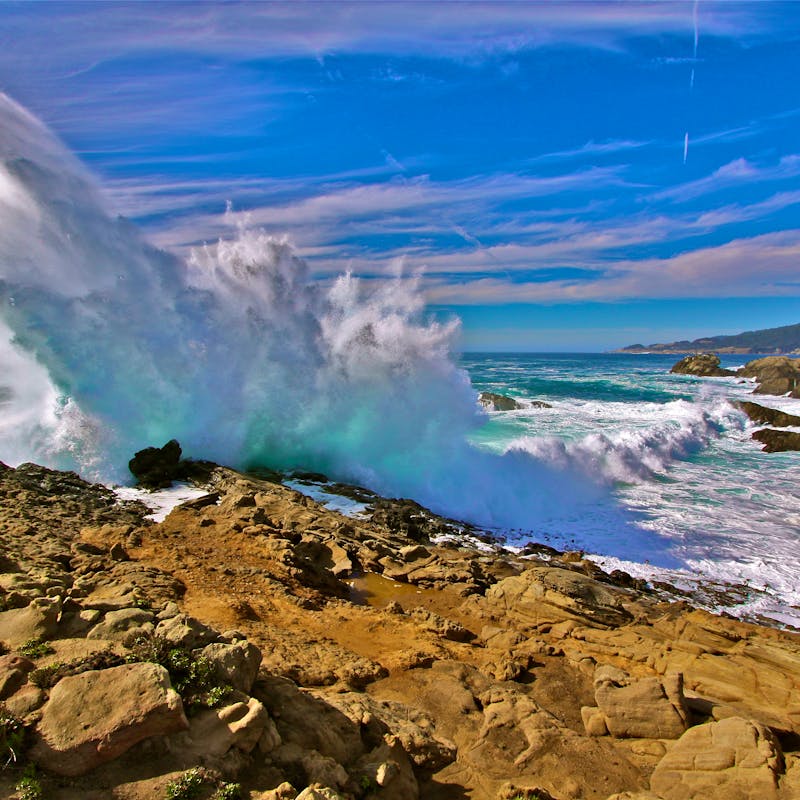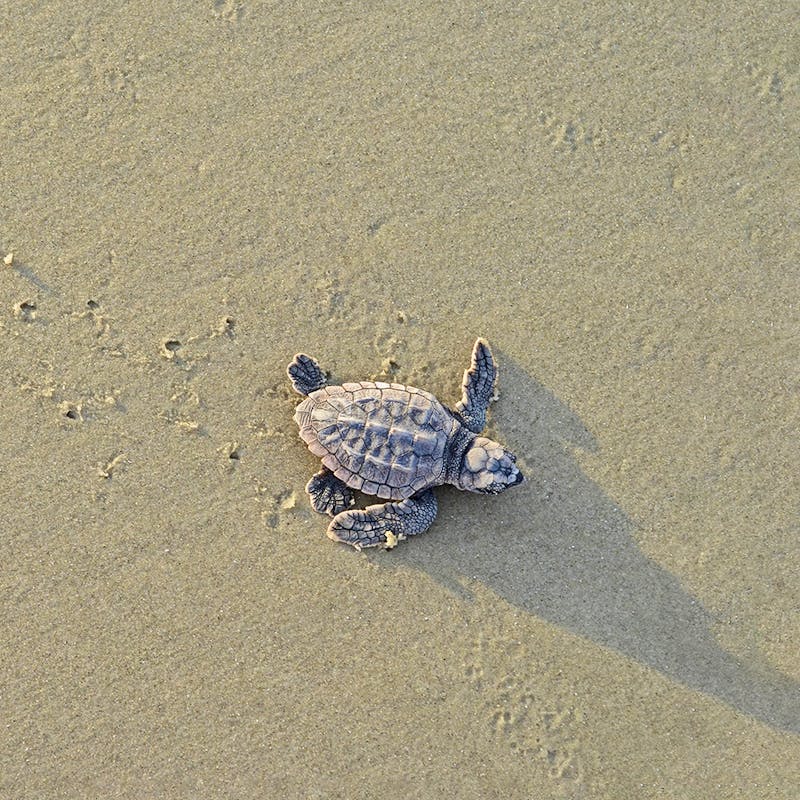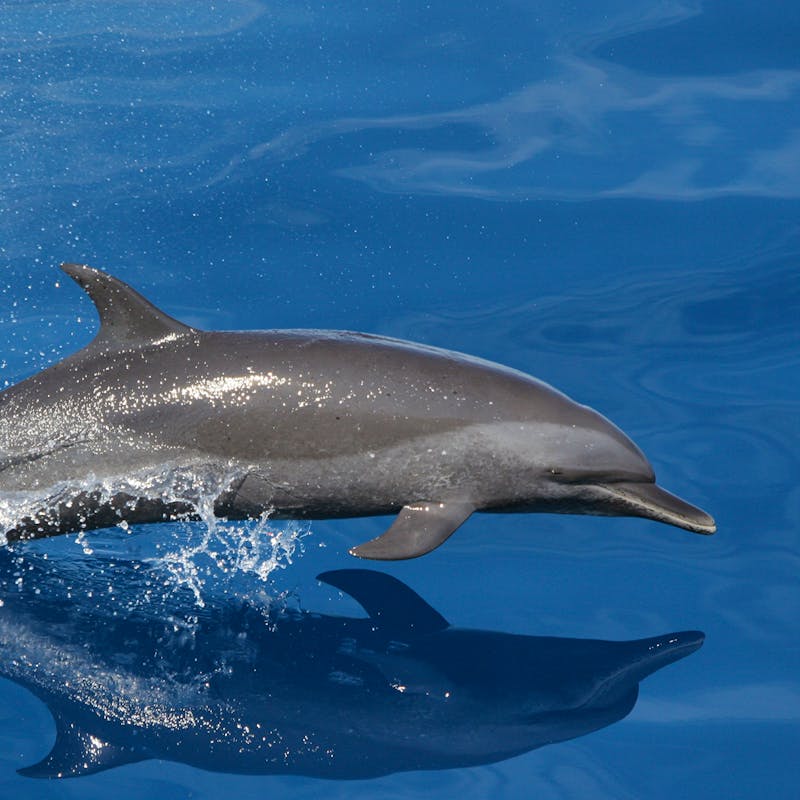Don't betray marine mammals !
Right now, marine mammals are protected from deadly threats by the Marine Mammal Protection Act (MMPA). But this key law is under attack in Congress. Sign a message to your legislator urging them to stand against attempts to dismantle the MMPA and endanger marine wildlife!
North Atlantic right whales have a stocky, black body with bumpy patches of rough skin, called callosities, on their heads and no dorsal fin.
These whales are critically endangered. An estimated 370 survive today, with fewer than 70 reproductively active females.
They feed from coastal Atlantic Canada through the mid-Atlantic and calve in the warm waters off the southeastern United States. Their travels are fraught with danger as they encounter heavy vessel traffic and millions of fishing ropes and nets.
Why are North Atlantic right whales endangered?
Hundreds of years of whaling off Europe and North America decimated the species by the early 1890s. While commercial whaling has been banned since 1937, fishing gear entanglements and vessel strikes are killing right whales far faster than they can reproduce, once again pushing them to the brink of extinction.
North Atlantic right whales are threatened by fishing gear entanglements, vessel strikes and underwater noise pollution.

Defenders' Impact
Defenders has fought to protect the North Atlantic right whale for decades. We go to court to hold the National Marine Fisheries Service accountable for violating the Endangered Species Act and Marine Mammal Protection Act in failing to protect right whales from entanglements, vessel strikes and seismic blasting for offshore oil and gas exploration. We also intervene in lawsuits to defend NMFS from industry challenges to protective regulations.
We advocate for right whales by submitting public comments on draft regulations and permits that may affect the species, such as fishing gear regulations, vessel strike protections and offshore energy development. We also seek adequate appropriations for these whales’ conservation and research from Congress. Defenders also opposes harmful bills and riders trying to deny right whales the protections they need.
Defenders is a conservation member of the Atlantic Large Whale Take Reduction Team, a stakeholder group under the Marine Mammal Protection Act that advises NMFS on how to implement fishery management measures to minimize or avoid the risk of deadly entanglements. We are also litigating to stop seismic blasting in the Atlantic and working to promote responsible wildlife- and whale-friendly offshore wind development.
We educate our members and the public about right whale conservation through action alerts, blog posts and tabling at the annual Right Whale Festival.
What You Can Do
Urge the Administration to finalize an expanded vessel speed rule to protect right whales from vessel strikes.
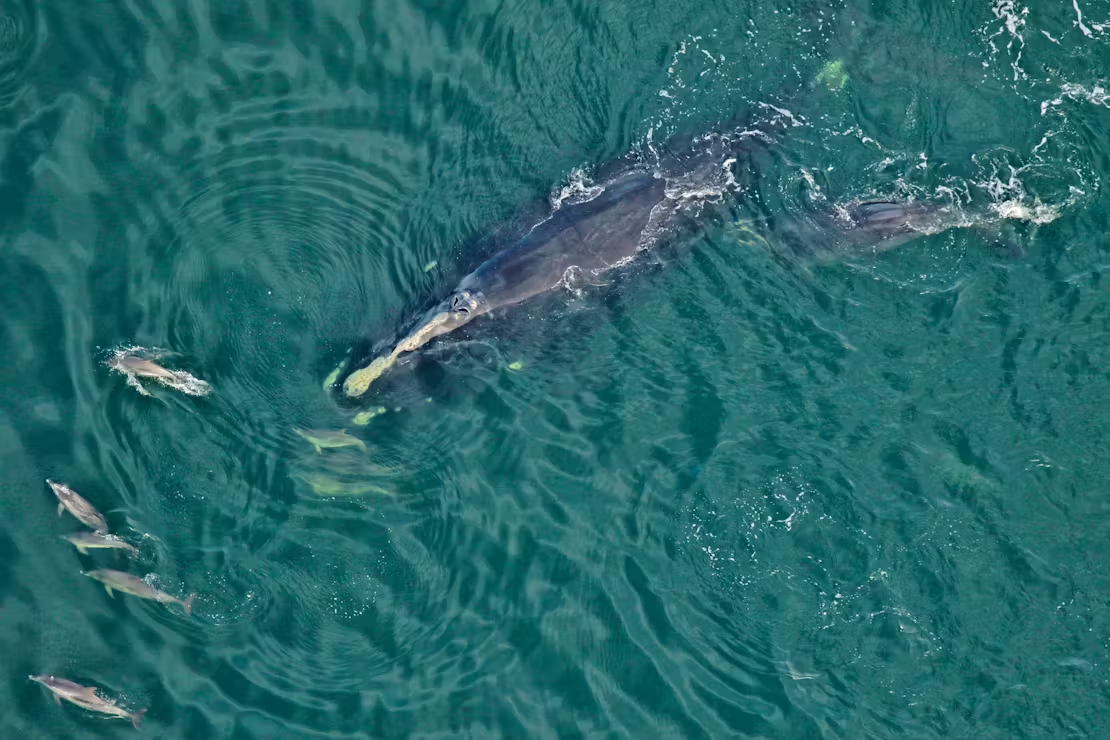
About
North Atlantic right whales are found from Atlantic Canada to the southeastern United States.
Only about 370 North Atlantic right whales remain. Of those, fewer than 70 are reproductively active females.
Right whales are slow swimmers, averaging just six miles per hour. They are known to make brief shallow dives in succession before submerging themselves underwater for up to 20 minutes at a time. They usually travel solo or in small groups. Because their backs are black and have no dorsal fin, and because they travel underwater, they are extremely difficult for mariners to spot and avoid running them over.
Females usually give birth to their first calf at 10 years. Although normally they would give birth every 3 to 5 years thereafter, their calving intervals are now 10 years or more because of the energy demands of dragging entangled fishing gear around. Right whale calves are 13 to 15 feet long at birth.
- Mating season: winter
- Gestation: 1 year
- Litter size: 1 calf
North Atlantic right whales eat copepods (tiny crustaceans). They take large gulps of water and filter out their prey using baleen plates made of keratin, the same protein our hair and nails are made of.
Read More About the North Atlantic Right Whale
News

